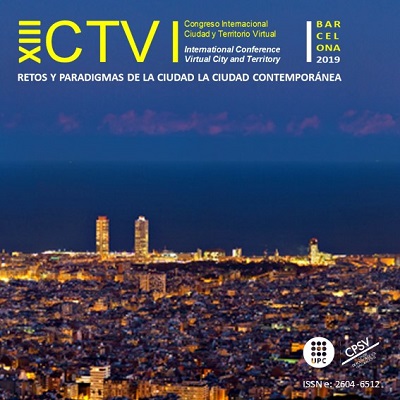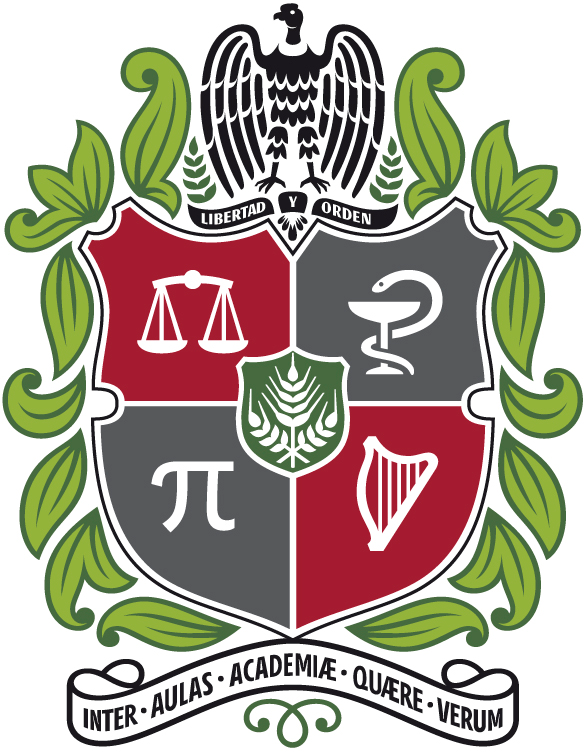Girona urban system: analysis of the urban climate of a system of Catalan middle cities using Remote Sensing
DOI:
https://doi.org/10.5821/ctv.8623Keywords:
Remote Sensing, Urban System, Climatopes, Urban PlanningAbstract
Urban design did not take into account environmental factors beyond aesthetic issues. However, with the constant evidence of climate change, it is increasingly important that urban planning be carried out based on various climate indicators. Climatopes are a basic tool for the future design of cities, as well as to make decisions to face global warming by urban planners and politicians. The idea of climatope is that different urban structures interact differently with each other, and can be grouped by common characteristics, thereby identifying sensitive areas where there are urban and environmental problems.
The idea of climatope arises in Germany in the 1970s, adapting to most German cities, as well as to other European cities. However, in Spain only studies have been done in a few important cities, which is why it is especially necessary to study climatopes in medium cities. By average city we understand an urban system, that is, not only a city but also the municipalities that make up its urban environment. For this, a series of indicators are used, such as NDVI, NDBI, LST, EBBI, IBBI and DMT obtained through geographic information systems. The present study intends, through the analysis of urban climate and remote sensing, to determine the existence of an urban heat island of an average city in Catalonia, which is not part of the metropolitan area of Barcelona, being Girona the one chosen for the study due to its importance within Catalonia.
























